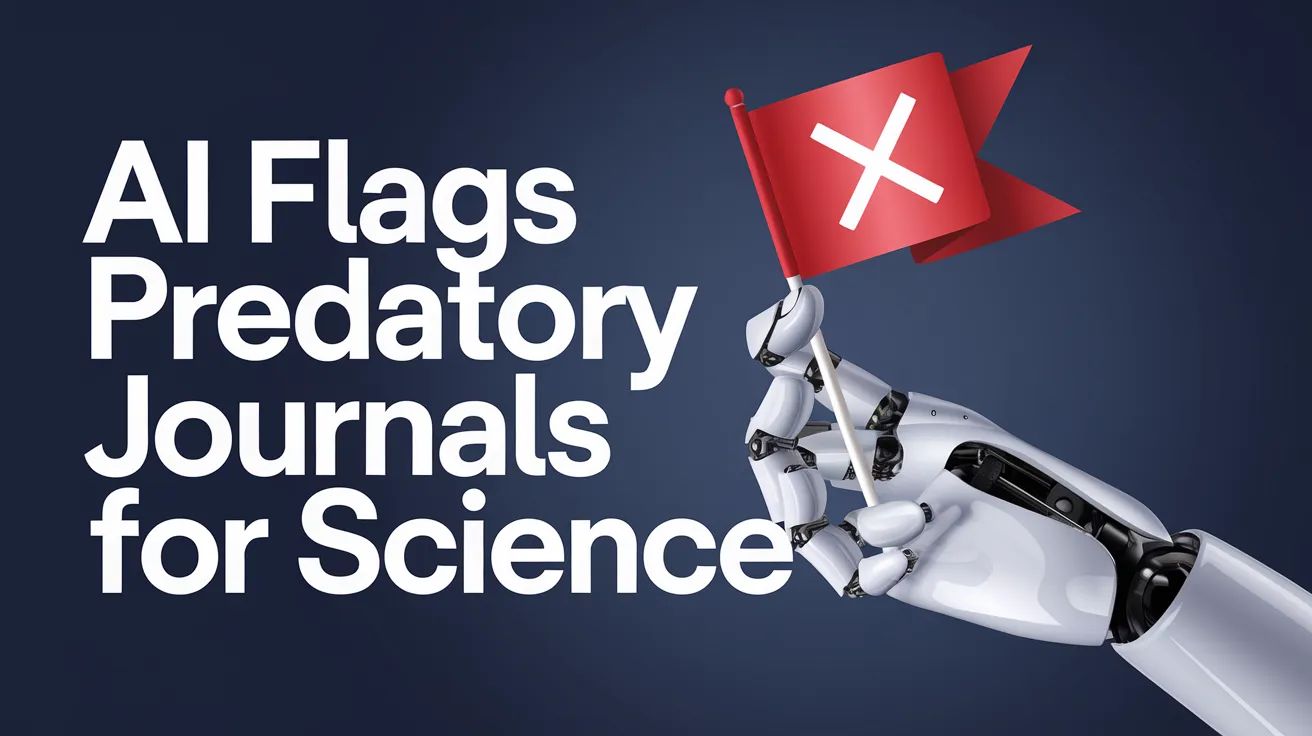AI Flags Predatory Journals for Science

In an effort to enhance scientific credibility and integrity, a team of computer scientists from the University of Colorado Boulder has developed a novel AI system designed to automatically screen open-access journals for potentially predatory practices. The system’s goal is to address concerns related to journals that charge exorbitant fees for publication without ensuring rigorous peer review, thereby undermining the quality of academic research.
Identifying Predatory Publishing
These predatory journals often exploit researchers, particularly in emerging markets, convincing them to pay significant sums with little to no value in return. Lead author Daniel Acuña highlighted the prevalence of spam solicitations from unknown journal editors offering publication for a fee. This highlights the urgent need for tools that can effectively identify such journals.
The AI system evaluated over 15,000 journals and flagged more than 1,000 as suspicious. Although it represents a critical first layer of defense, human oversight remains essential to make the final judgments about a journal’s legitimacy.
Insights from the AI Analysis
Acuña emphasized the importance of having reliable foundations in scientific literature: “If the foundation of that tower crumbles, then the entire thing collapses.” His team created the AI tool to evaluate various indicators, including the presence of a reputable editorial board and the quality of journal websites.
Utilizing a combination of machine learning and human annotation techniques, the researchers trained their AI using existing data from the Directory of Open Access Journals (DOAJ). The AI flagged 1,400 journals for further scrutiny, from which human experts confirmed over 1,000 as questionable. While the AI made some errors, it served as a practical assistant in sifting through vast quantities of data efficiently.
A Firewall for Science
Acuña and his team seek to position this AI tool as a protective measure for scientific integrity, which he referred to as a “firewall for science.” The aim is to preserve trust in scientific research by helping to safeguard against the dissemination of unsound data.
The approach took into account various characteristics of the flagged journals; for instance, a significant number of articles published by questionable journals and a higher prevalence of self-citations were noted. This greater transparency stands in contrast to many AI tools that operate in a “black box” manner, making it difficult for users to understand the decision-making process.
Challenges and Future Directions
Looking forward, the researchers aim to make the AI system publicly available for institutions and publishers. They foresee the integration of feedback loops to refine the system continuously as more data becomes available and as the landscape of journals evolves.
This development underscores the growing recognition of the need for AI in maintaining the integrity of scientific communication. As Acuña noted, similar to software products, the scientific community should embrace the continual improvements necessary to enhance research practices.
The findings and capabilities presented in this AI research indicate not only the potential for technology in vetting publications but also emphasize the ongoing need for human expertise in evaluating and ensuring scientific reliability.